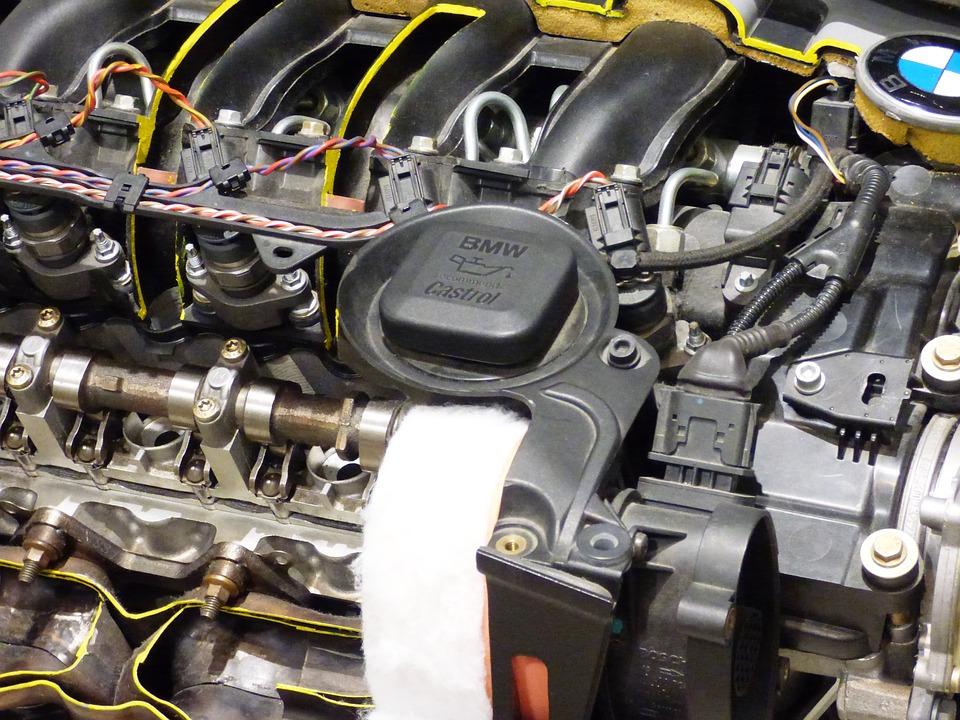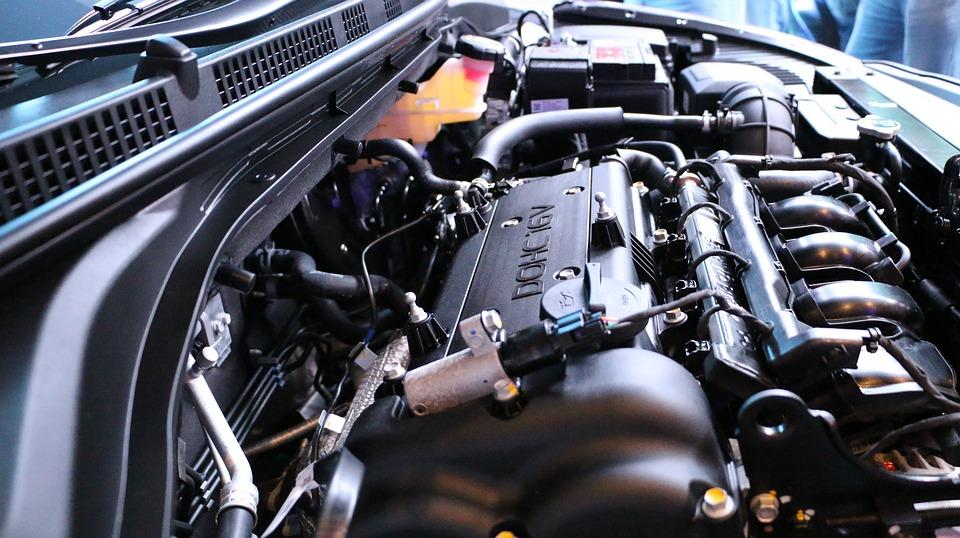An automobile engine is the most important part of the vehicle. The car’s performance, speed, mechanism, and everything depends on the engine only. The manufacturers upgrade engines regularly to boost performance. The modern era asks for speed and better performance. Modern technology vehicles offer both. A car engine comprises numerous small and big components. The particular positioning of these components results in great speed and performance. Six-cylinder engines are the most prominent engine type these days. Explaining Inline 6 vs V6 might help to know about these engine types better.
Most of the infamous automotive industries prefer six-cylinder engines in their vehicles. They have a lot of power and strength to boost any vehicle type from SUVs to sedans and trucks to sports cars.
Let us find the pros and cons of Inline 6 and V6 engines here.
Contents
What Are The Pros And Cons Of Inline 6 Vs V6 Engines?
The Inline 6 and V6 engines have their advantages and disadvantages. The V6 engines are more popular than Inline 6 in the automotive industries. Numerous automobile manufacturing companies install V6 engines in place of Inline 6 nowadays. The professionals find V6 engines more powerful and reliable than the straighter ones. The performance of both these engine types is different. You will find V6 engines better in all the aspects.
Inline 6 engines
The I6 engine also has a fairly simple structure with only one row of cylinders arranged in a straight line with an arrangement of only one engine cover and one row of valves. The I6 engine has a total of 6 cylinders like V6 engines. The I6 engines are always equipped with BMW or Mercedes-Benz models:
- The I6 engine can operate very smoothly thanks to the engine’s design, which has been optimized to arrange the detonation order inside the cylinder.
- The I6 engine has low production costs.
- Having a simple design and is easy to maintain.
V6 engines
Thanks to its compact size, the V6 engine has a huge benefit over the I6 engine. Since it was first produced in 1950, the V6 engine has become the most popular structure in car engines with 6 cylinders.
The V6 engine has an advantage in terms of size. However, the engine balance is a drawback. The two cylinder arrays on a V6 engine must be placed at an angle of 120° to achieve the best balance, but this increases engine size. Therefore, designers must adjust the V angle to 90° or 60° and balance issues may occur.
Although the number of cylinders remains the same, the switch from a V-shaped structure (V6 engine) to an in-line structure (I6) gives some differences between two types of engine: Here are the pros and cons of Inline 6 and V6 engines:
1. Size
V6 engines have a plus point for their compact size. The Inline 6 takes more space to set up inside the engine area. Size is the major factor that defines Inline 6 vs V6 perfectly. Inline6 engines take more room while V6 are compressed. The V6 engine size leaves extra space for adding other components that enhance vehicle performance.

See more:
- What are the Differences Between 4-Cylinder & 6-Cylinder Engine?
- Top Signs of A bad Engine That One should Not Ignore
2. Maintenance
Inline 6 engines have a plus point as their maintenance factor. According to expert maintenance tips, repairing and servicing of V6 engines is more intricate than Inline 6. The design of V6 engines results in complications when cleaning. The Inline 6 engines are more straightforward to repair and clean. Defining straight 6 engine vs V6 in terms of maintenance is necessary when you are finding the better one.
V6 engines are not much easier to maintain and service. These engines take up more space inside the engine bay making things complex. It takes more effort to repair and clean the V6 engine.
3. Engine balancing
A well-balanced engine results in better performance. The Inline 6 engines have an additional point in engine balancing as well. V6 engines are tricky to maintain and are not superior balanced as well. The straight 6 engines are well-balanced but are not that powerful.

4. Cost
Using I6 engines instead of V6 will help car manufacturers save a lot of costs. During the engine casting process, the distance between the cylinders in I3, I4, and I6 engines is the same. This has a huge impact on the production line. Meanwhile, to make a V6 engine, people spend a lot of complicated fine-tuning steps.
Watch more:
The Final Thoughts
All in all, these factors define Inline 6 vs V6 engines in different terms. These factors differentiate various engine terms according to their size, performance, speed, and reliability. Make sure to consider these tips while buying your next favorite car. Taking assistance from the expert before making the deal would be the ultimate choice.




V6 engines have a higher centre of gravity so affect the “turn-in” when cornering.
They also use balancer shafts to smooth their unbalanced power stroke cycle.
They also require more mass in their DOHC drive compared to straight 6 engines.
They also have fewer main bearings suspending the crankshaft than straight 6 engines, just 4 bearigs.
These are all disadvantages of a V6 engine.